How Well Do You Know Queens Landmarks?
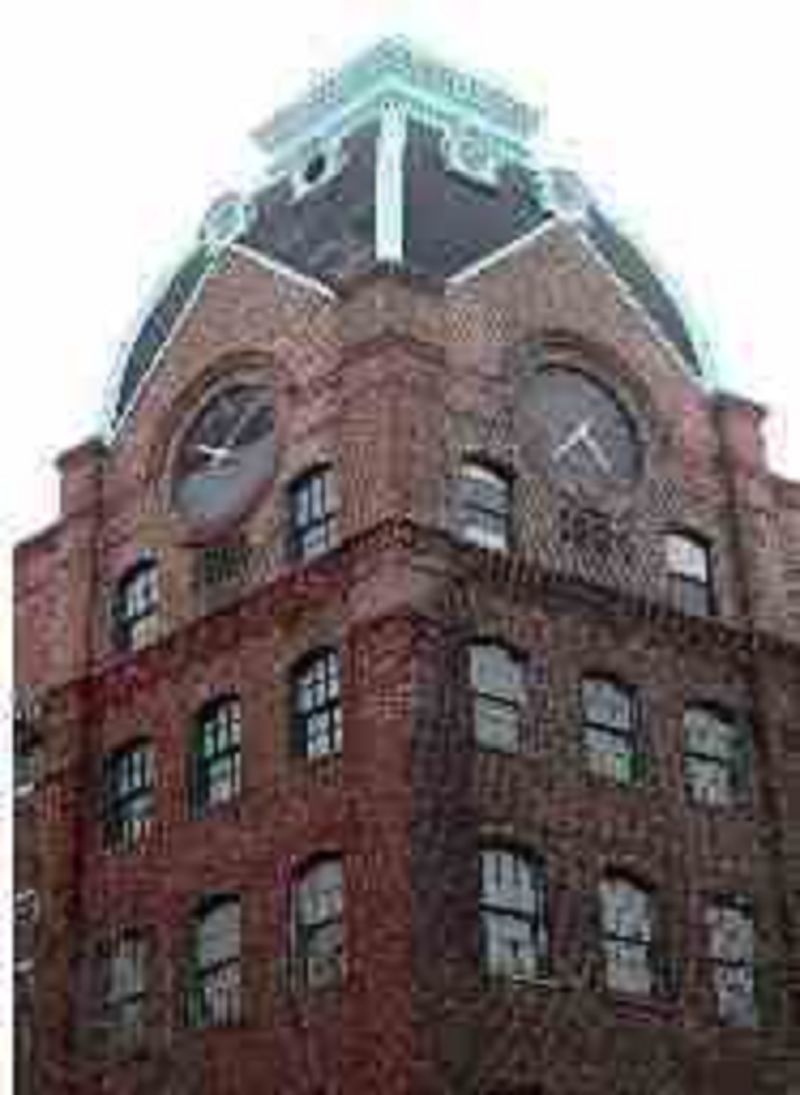
What household item, once considered a luxury, was so popular that this manufacturing building in Astoria was but one of 171 such factories in New York City in 1872?
Image via LPC Designation Report
Phonographs
Pianos
Washing machines
Telephones
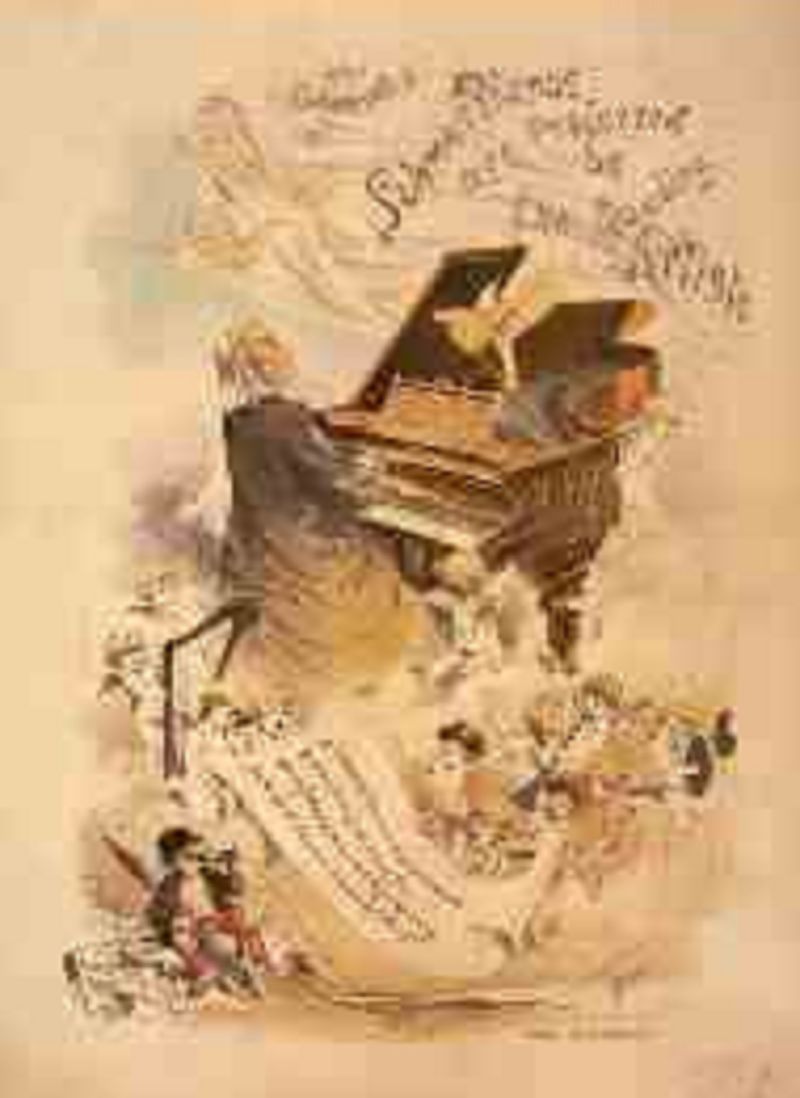
In the late nineteenth century, pianos were becoming an affordable status symbol and could be commonly found in upper middle-class parlors. The Sohmer Piano Factory, completed around 1886 in the German Romanesque Revival Style, features a clock tower. Sohmer pianos were manufactured at this location until 1982 when the building was sold and became a furniture factory.
Image via Library of Congress, G. E. Ciani c. 1886
In the late nineteenth century, pianos were becoming an affordable status symbol and could be commonly found in upper middle-class parlors. The Sohmer Piano Factory, completed around 1886 in the German Romanesque Revival Style, features a clock tower. Sohmer pianos were manufactured at this location until 1982 when the building was sold and became a furniture factory.
Image via Library of Congress, G. E. Ciani c. 1886

Considered revolutionary in both design and technology at the time of its opening, the Trans World Airlines Flight Center at Kennedy Airport in Jamaica was designed by which architectural firm?
Image via LPC Designation Report
I. M. Pei
Eero Saarinen and Associates
Skidmore Owings & Merrill
Frank Lloyd Wright
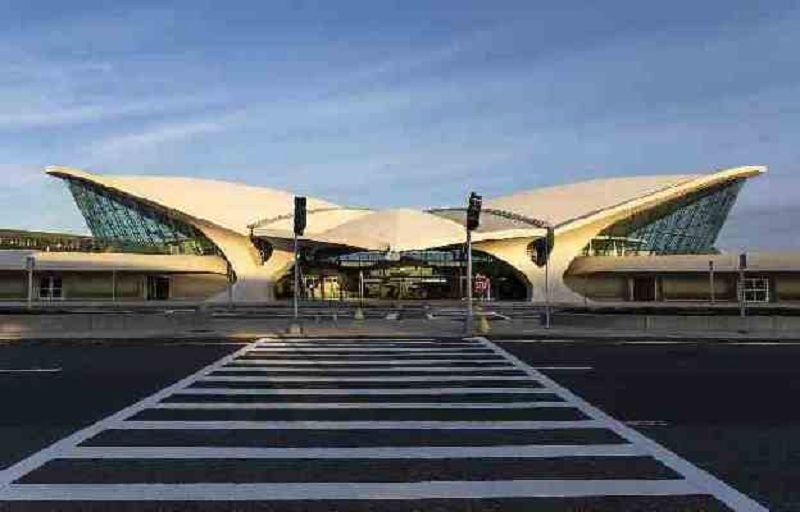
The Transworld Airlines Flight Center was designed by Eero Saarinen and Associates in an Expressionistic Modern style, and opened in 1962. Composed of soaring concrete buttresses and glass walls, the thin shell roof appears to form lobes or wings and was intended, according to Saarinen, "to interpret the sensation of flying". New technology incorporated into the terminal included baggage carousels and jetways and changed forever the way airport terminals would be designed. It was recently restored and redeveloped as the TWA Flight Center Hotel.
Image via Wikimedia Commons user Acroterion
The Transworld Airlines Flight Center was designed by Eero Saarinen and Associates in an Expressionistic Modern style, and opened in 1962. Composed of soaring concrete buttresses and glass walls, the thin shell roof appears to form lobes or wings and was intended, according to Saarinen, "to interpret the sensation of flying". New technology incorporated into the terminal included baggage carousels and jetways and changed forever the way airport terminals would be designed. It was recently restored and redeveloped as the TWA Flight Center Hotel.
Image via Wikimedia Commons user Acroterion
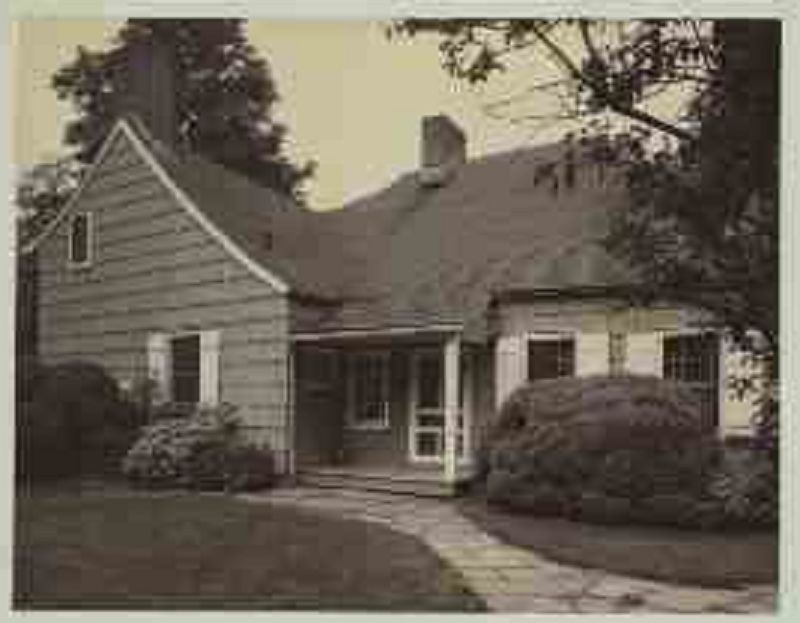
The 18th-century home of Cornelius Van Wyck, and inherited by his son, Stephen Van Wyck, a delegate to the Continental Congress, overlooks Little Neck Bay and is included within the boundaries of which Queens historic district?
Fort Totten Historic District
Douglaston Historic District
Central Ridgewood Historic District
Jackson Heights Historic District
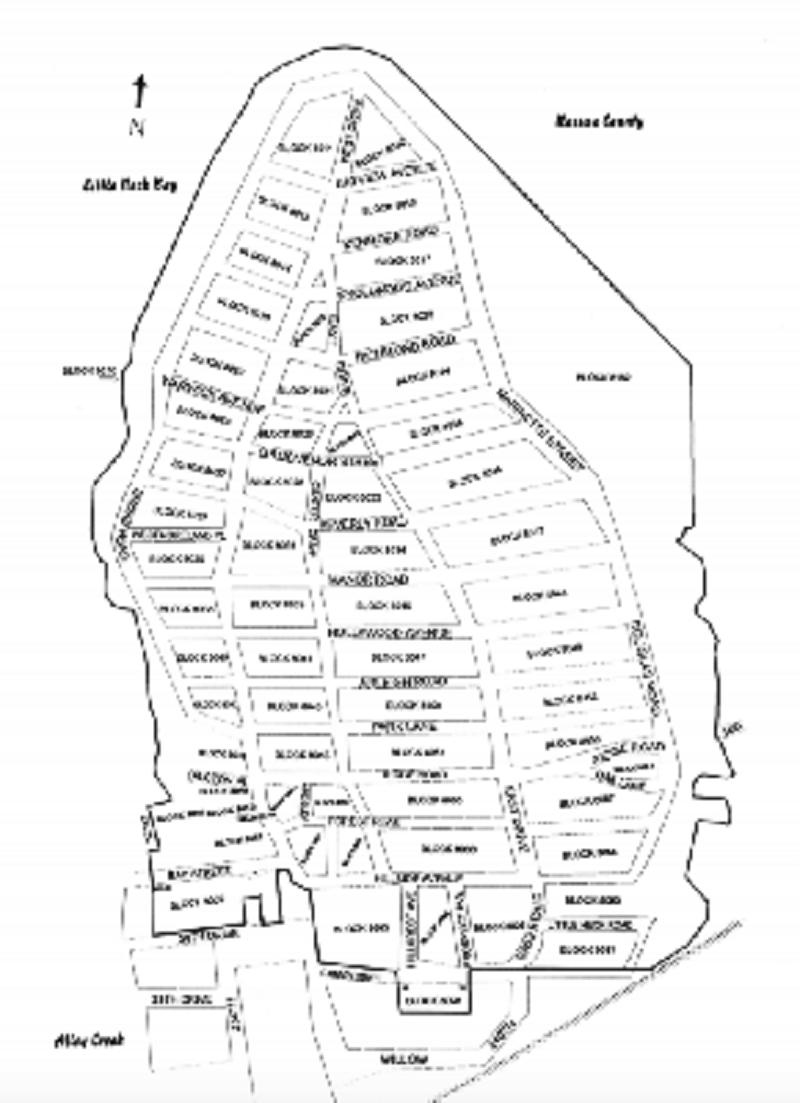
The Douglaston Historic District, designated in 1997, grew up around the diminutive Dutch Colonial house built circa 1735 by Cornelius Van Wyck, and inherited by his son, Stephen Van Wyck, who was later a delegate to the Continental Congress. The neighborhood borrows its name from the 19th-century Douglas Manor estate. An early-20th-century planned community also called Douglas Manor incorporated much of the estate’s historic landscaping and incorporated covenants to preserve the sense of place.
Image via LPC Designation Report
The Douglaston Historic District, designated in 1997, grew up around the diminutive Dutch Colonial house built circa 1735 by Cornelius Van Wyck, and inherited by his son, Stephen Van Wyck, who was later a delegate to the Continental Congress. The neighborhood borrows its name from the 19th-century Douglas Manor estate. An early-20th-century planned community also called Douglas Manor incorporated much of the estate’s historic landscaping and incorporated covenants to preserve the sense of place.
Image via LPC Designation Report

What neighborhood is home to Paramount Studios, the soundstage where films such as the Marx Brothers’ Animal Crackers, the first Sherlock Holmes sound film, World War II-era Army training films, and more recently, Goodfellas, were all shot?
Image of Marx Brothers via NYPL Billy Rose Theater Division, Vandamm Studio, c. 1925-30
Kew Gardens
Astoria
Jamaica
Whitestone
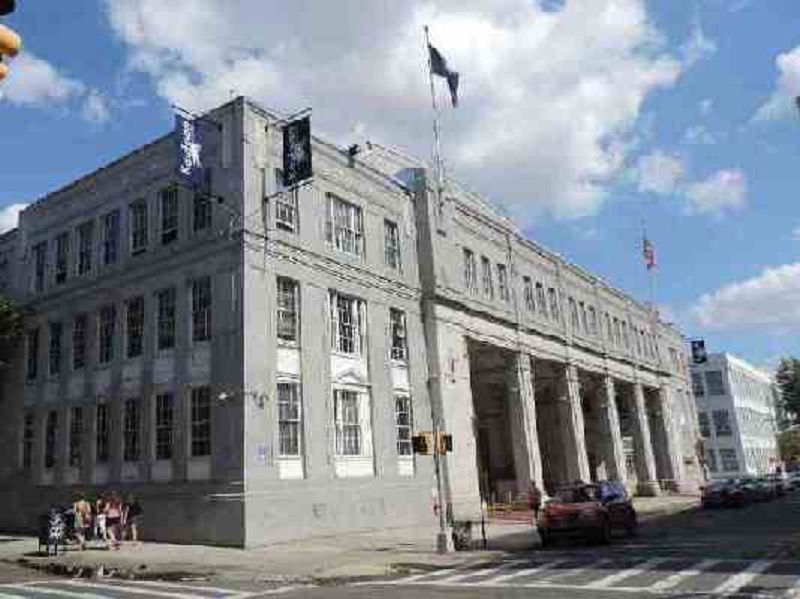
Astoria is home to Paramount Studios, constructed in 1920-21 for the Famous Players-Lasky Corporation, the precursor to Paramount Studios. It was originally a silent film studio, but in 1927 it became a soundstage for the production of “movietone” films.
Image via Wikimedia Commons user Jim.henderson
Astoria is home to Paramount Studios, constructed in 1920-21 for the Famous Players-Lasky Corporation, the precursor to Paramount Studios. It was originally a silent film studio, but in 1927 it became a soundstage for the production of “movietone” films.
Image via Wikimedia Commons user Jim.henderson
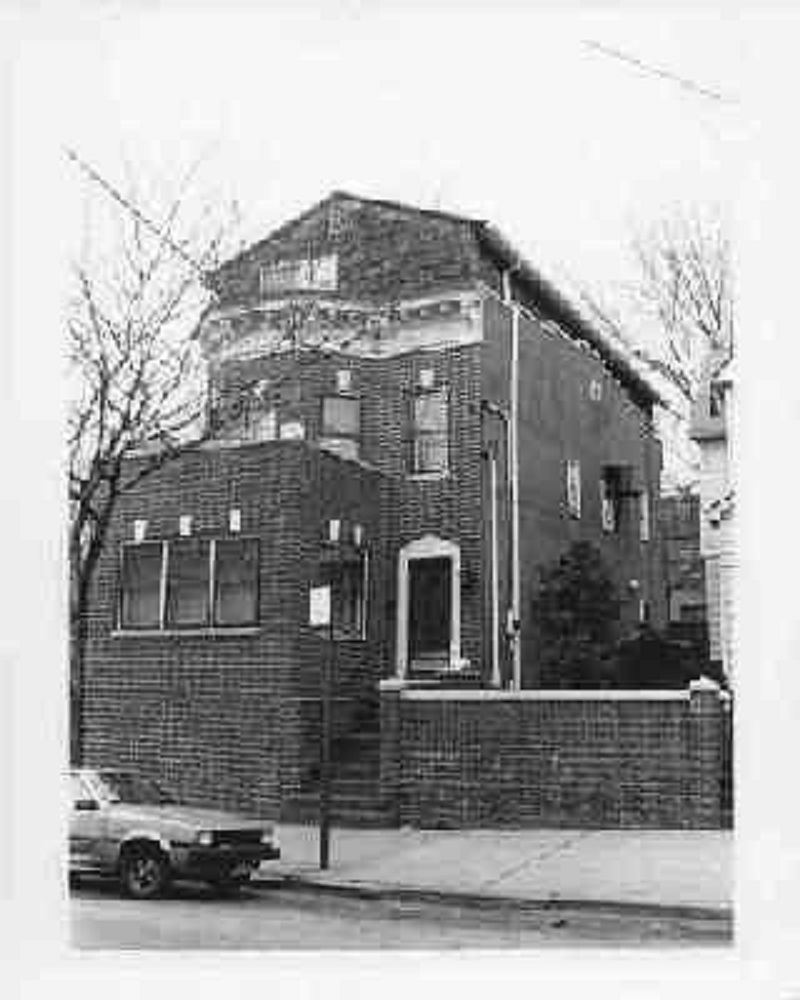
Though usually associated with the New Orleans music scene, what prominent jazz musician lived in this house in Corona for 28 years, almost half his life?
Image via LPC
King Oliver
Duke Ellington
Louis "Satchmo" Armstrong
Jack Teagarden
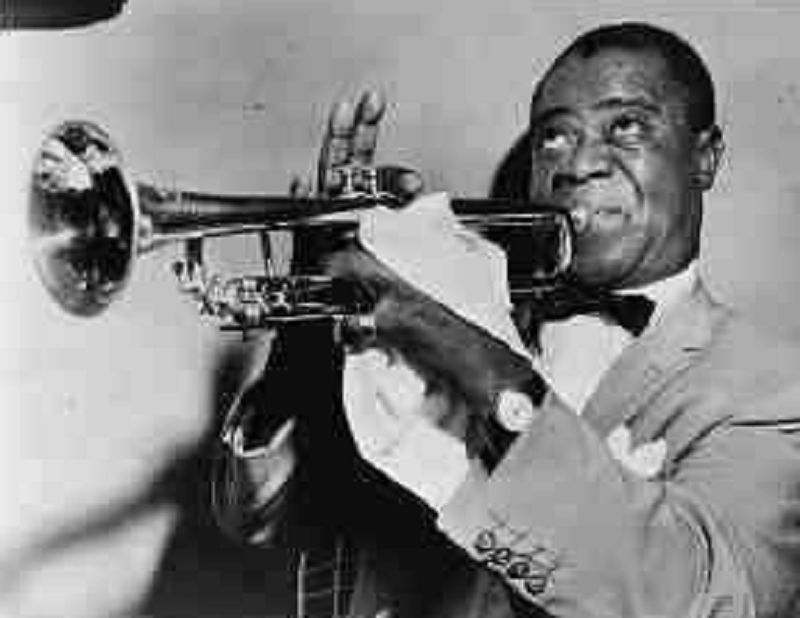
Louis Armstrong’s wife Lucille bought the house at 34-56 107th Street in 1943 without informing him. “Louis didn't live anywhere then and didn't want to,” she said. They lived in the brick house for the rest of their lives. New York City Mayor John Lindsey said of Armstrong, "From a humble, two-room shack in New Orleans, he rose to the top of the world… and having risen to the top of the world, he came to live in Corona.” The house is now a museum.
Louis Armstrong’s wife Lucille bought the house at 34-56 107th Street in 1943 without informing him. “Louis didn't live anywhere then and didn't want to,” she said. They lived in the brick house for the rest of their lives. New York City Mayor John Lindsey said of Armstrong, "From a humble, two-room shack in New Orleans, he rose to the top of the world… and having risen to the top of the world, he came to live in Corona.” The house is now a museum.
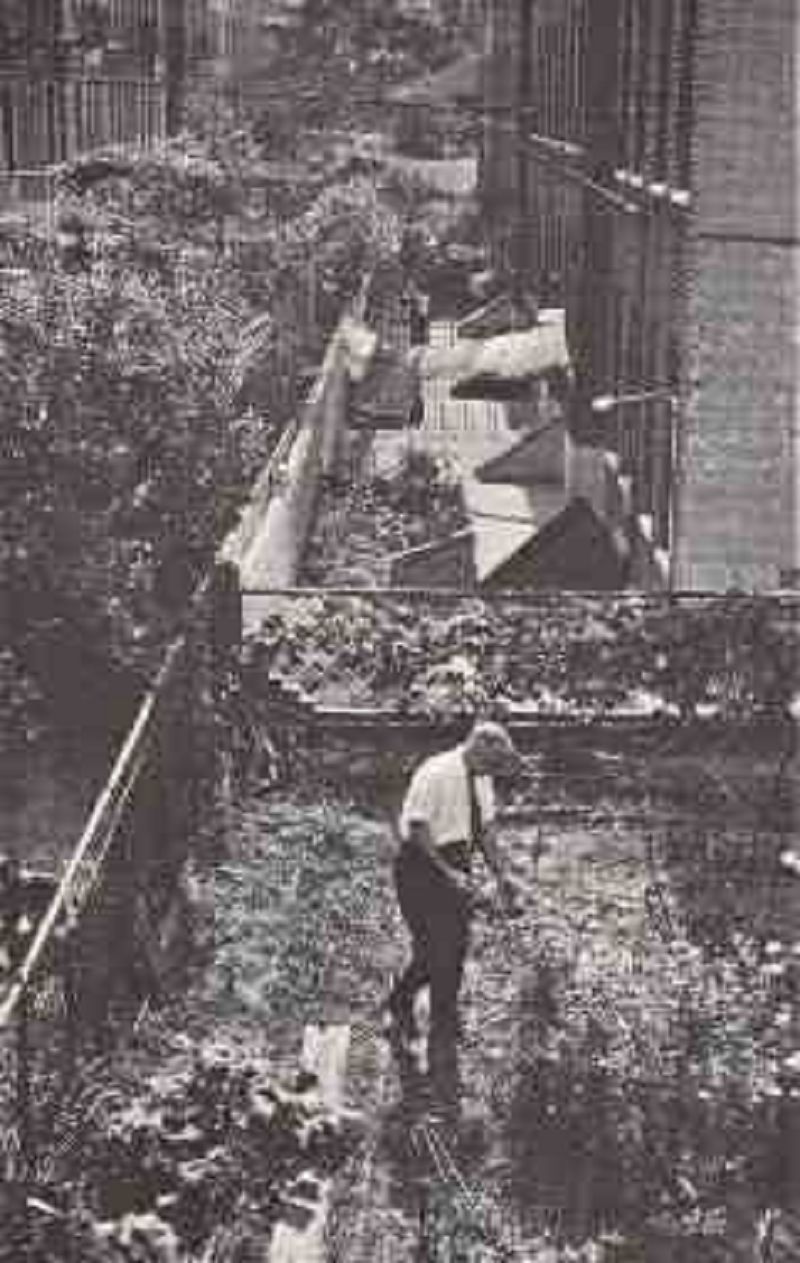
What mid-1920s era historic district features low-rise apartments and townhouses arranged around twelve landscaped open courtyards, and represents an important milestone in residential planning?
Image via NYPL, NYC Planning Commission, 1969
Sunnyside Gardens Historic District
Addesleigh Park Historic District
Douglaston Hill Historic District
Ridgewood North Historic District
Sunnyside Gardens was the first practical application of principals developed in the 1920s by a diverse group known as the Regional Planning Association of America. The group sought to devise new ways to provide quality housing for low-income workers. Sunnyside Gardens became the predecessor of later idealistic movements such as the Works Progress Administration’s Green Belt initiative, and later, New Urbanism.
Sunnyside Gardens was the first practical application of principals developed in the 1920s by a diverse group known as the Regional Planning Association of America. The group sought to devise new ways to provide quality housing for low-income workers. Sunnyside Gardens became the predecessor of later idealistic movements such as the Works Progress Administration’s Green Belt initiative, and later, New Urbanism.
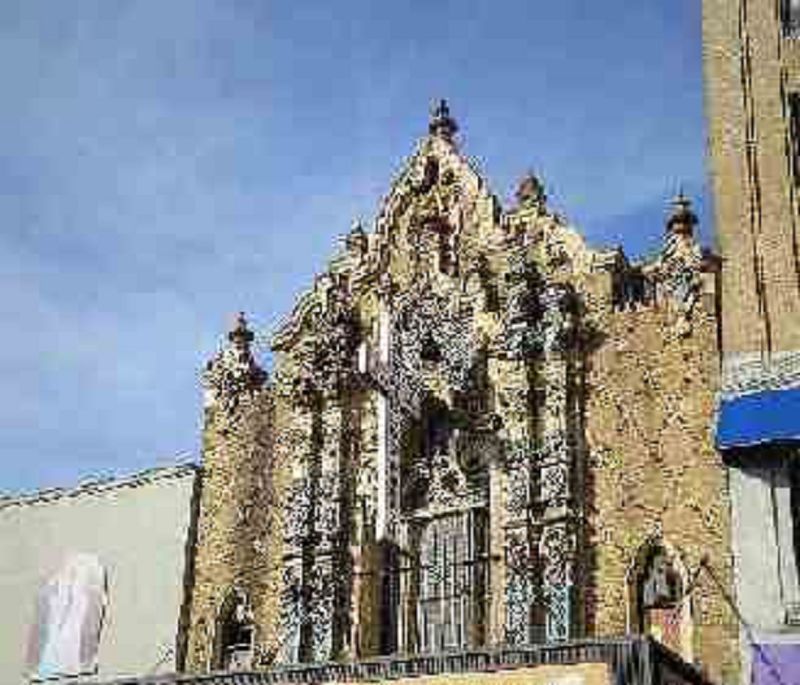
The (former) Loew’s Valencia Theater in Jamaica was the first of six Loew’s theaters that rank among the most lavish and exotic movie palaces ever built in the New York Metropolitan Area. They were known by what awestruck nickname?
Image via Wikimedia Commons user Jim.henderson
Wonder Theaters
Miracle Cinemas
Movie House Marvels
Fantasy Film Forums
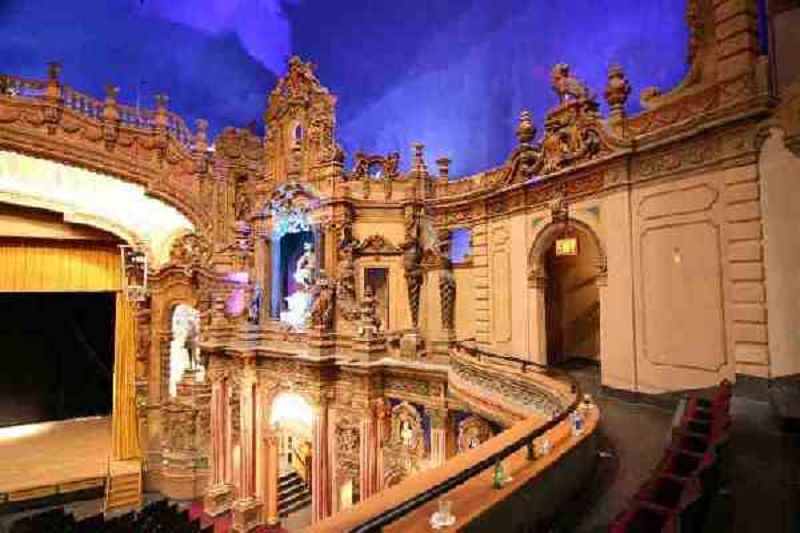
Opened between January 1929 and February 1930, the six "Wonder Theaters" were Loew’s neighborhood flagships representing the height of movie palace design and splendor, with each seating more than 3,000 patrons in air-conditioned comfort. Three “Wonder Theatres” are designated New York City landmarks: the (Former) Loew’s Valencia Theater in Jamaica; the Loew’s Paradise Theater in the Bronx; and the United Palace (formerly Loew’s 175th Street Theatre) in Washington Heights.
The term “Wonder Theatre” was the invention of Balaban and Katz, one of Paramount Pictures’ predecessor firms, in 1918. The Loew's Valencia was one of four “Wonder Theatre” projects that Loew’s took control of after a non-competition agreement with Paramount-Publix in 1927.
Image of Loew's Paradise Theater via LPC
Opened between January 1929 and February 1930, the six "Wonder Theaters" were Loew’s neighborhood flagships representing the height of movie palace design and splendor, with each seating more than 3,000 patrons in air-conditioned comfort. Three “Wonder Theatres” are designated New York City landmarks: the (Former) Loew’s Valencia Theater in Jamaica; the Loew’s Paradise Theater in the Bronx; and the United Palace (formerly Loew’s 175th Street Theatre) in Washington Heights.
The term “Wonder Theatre” was the invention of Balaban and Katz, one of Paramount Pictures’ predecessor firms, in 1918. The Loew's Valencia was one of four “Wonder Theatre” projects that Loew’s took control of after a non-competition agreement with Paramount-Publix in 1927.
Image of Loew's Paradise Theater via LPC
Which Woodhaven landmark features wooden figures made by German immigrant Daniel Muller in the Philadelphia Carving Style and was brought to its present site from Dracut, Massachusetts?
Historic Street Lamppost #72
Forest Park Carousel
Sidewalk Clock, 161-10 Jamaica Avenue
The Unisphere
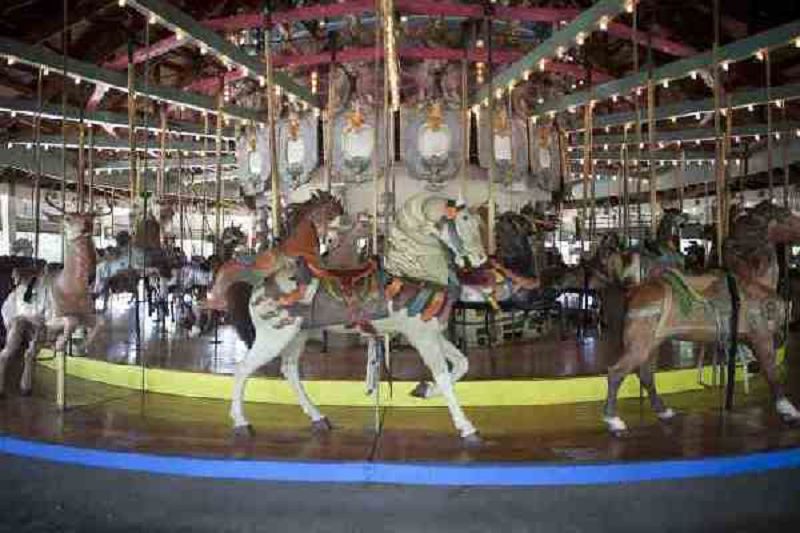
The Forest Park Carousel features 46 wooden horses and three menagerie animals (a lion, tiger, and deer), all but three of which were carved by D. C. Muller & Brother in 1903 or 1910. The Philadelphia Carving Style is one of three American styles of carousel sculpture and is known for its realistic, graceful figures with a high degree of anatomical and decorative detail.
Did You Know: Though sources disagree as to whether “carousel” comes to English from words that mean “quarrel,” “battle,” or “chariot,” the concept of a carousel has roots in horsemen’s combat preparation exercises against fake equestrian enemies!
Image via LPC
The Forest Park Carousel features 46 wooden horses and three menagerie animals (a lion, tiger, and deer), all but three of which were carved by D. C. Muller & Brother in 1903 or 1910. The Philadelphia Carving Style is one of three American styles of carousel sculpture and is known for its realistic, graceful figures with a high degree of anatomical and decorative detail.
Did You Know: Though sources disagree as to whether “carousel” comes to English from words that mean “quarrel,” “battle,” or “chariot,” the concept of a carousel has roots in horsemen’s combat preparation exercises against fake equestrian enemies!
Image via LPC

The individual and interior landmark Marine Air Terminal at La Guardia Airport was built for transatlantic seaplanes by the Works Progress Administration in 1939-41. It regularly served the world's first transatlantic passenger flights a little over a decade after Charles Lindbergh's historic solo flight from New York to Paris in 1927. In which architectural style was it designed?
Image via LPC
Egyptian Revival
International Style
Mediterranean Revival
Art Deco
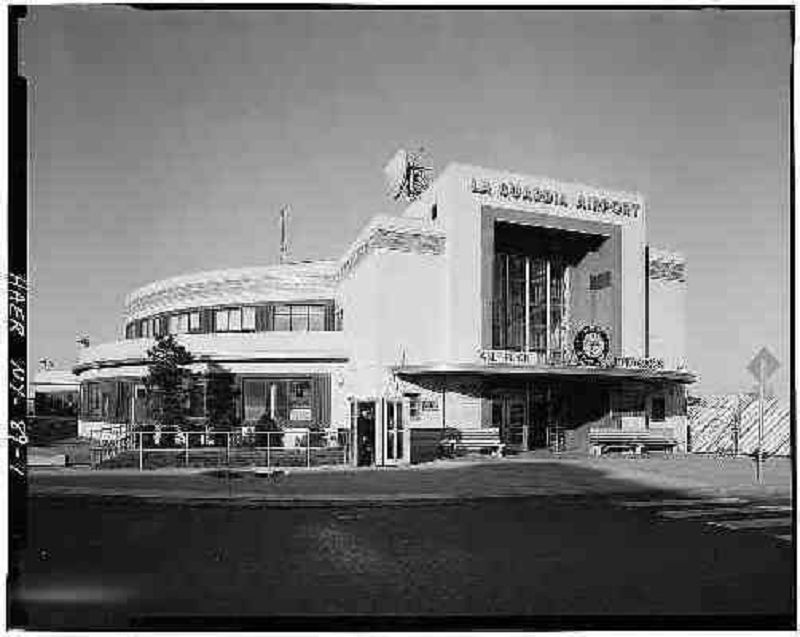
The Marine Air Terminal is the only extant American airport terminal that dates to "The Golden Age of the Flying Boat,” when trans-oceanic passenger flights were made aboard enormous Pan American clipper ships. Architect William A. Delano’s Art Deco design evokes the modernness of the terminal’s function at the time of construction in elements like the exterior frieze, which features airborne fish against a sea of waves.
Image via Library of Congress
The Marine Air Terminal is the only extant American airport terminal that dates to "The Golden Age of the Flying Boat,” when trans-oceanic passenger flights were made aboard enormous Pan American clipper ships. Architect William A. Delano’s Art Deco design evokes the modernness of the terminal’s function at the time of construction in elements like the exterior frieze, which features airborne fish against a sea of waves.
Image via Library of Congress
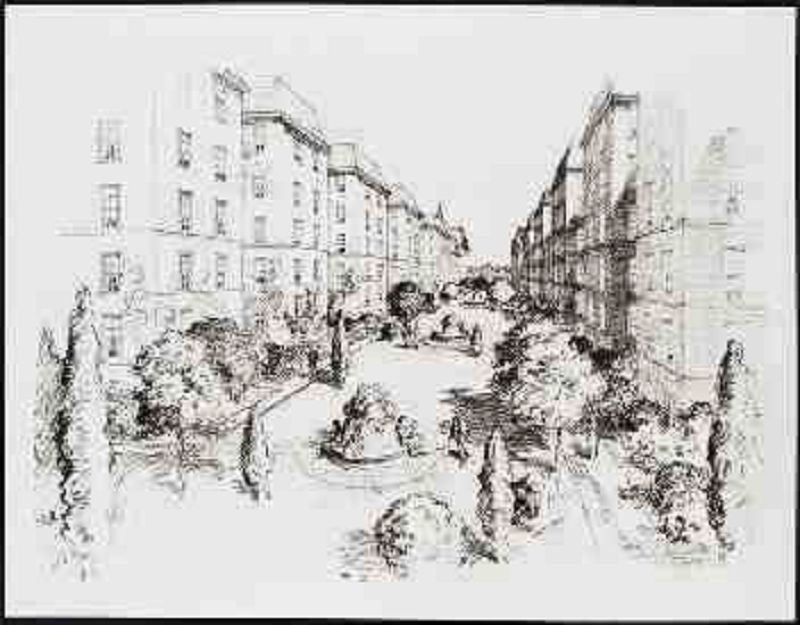
Which historic district, built primarily between the 1910s and 1950s, features “garden homes” and “garden apartments,” and is an important early example of the Garden City Movement in America, with buildings inspired by the “model tenement” or improved housing movement?
Image via Museum of the City of New York, Wurts Bros, c. 1920-45
Central Ridgewood Historic District
Douglaston Historic District
Jackson Heights Historic District
Addisleigh Park Historic District
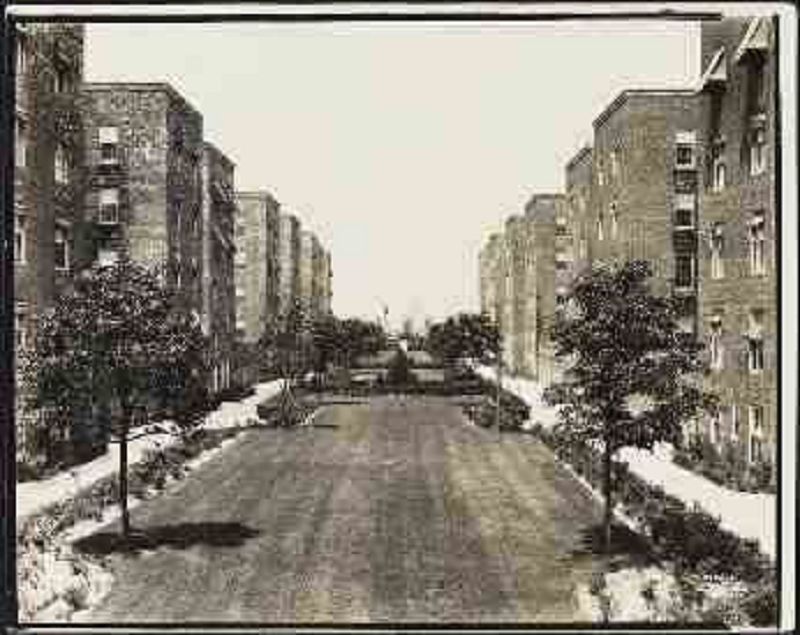
The Jackson Heights Historic District is one of the earliest neighborhoods in New York City inspired by the “model tenement” movement and the Garden City Movement. "Model tenements" were meant to demonstrate how feasible, affordable, and beneficial residential developments with ample natural light, adequate ventilation, and hygienic conditions could be. The Garden City Movement sought to combine features of urban life with access to nature in new, self-sufficient urban communities. In the Jackson Heights Historic District, these concepts manifest in the area's “garden homes” and "garden apartments,” and in the treatment of entire blocks, rather than individual lots, as units of planning and design.
Image via Museum of the City of New York, Wurts Bros., 1921
The Jackson Heights Historic District is one of the earliest neighborhoods in New York City inspired by the “model tenement” movement and the Garden City Movement. "Model tenements" were meant to demonstrate how feasible, affordable, and beneficial residential developments with ample natural light, adequate ventilation, and hygienic conditions could be. The Garden City Movement sought to combine features of urban life with access to nature in new, self-sufficient urban communities. In the Jackson Heights Historic District, these concepts manifest in the area's “garden homes” and "garden apartments,” and in the treatment of entire blocks, rather than individual lots, as units of planning and design.
Image via Museum of the City of New York, Wurts Bros., 1921
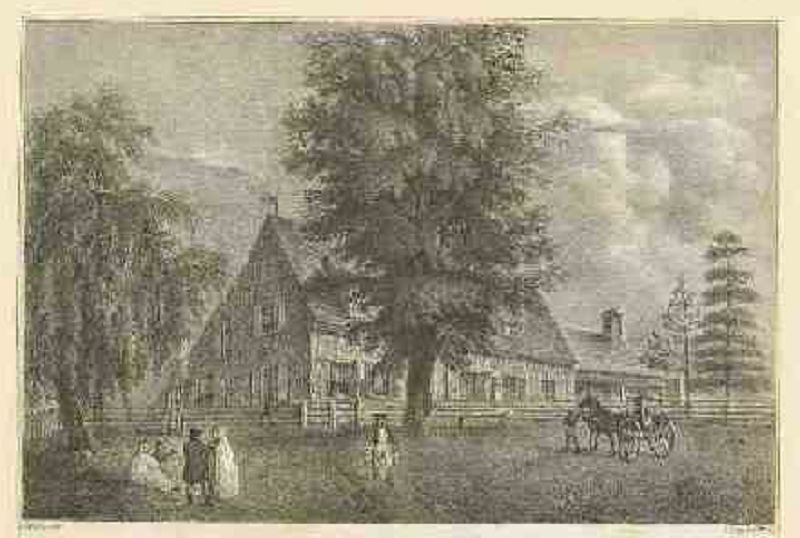
In addition to their architectural and historic significance, the Friends Meeting House and Bowne House in Flushing represent the Quaker community’s contributions to which movement?
Image of the Bowne House via NYPL, Jacques Milbert, 1825
Abolitionism
Public Education
Prohibition
Political Corruption Reform
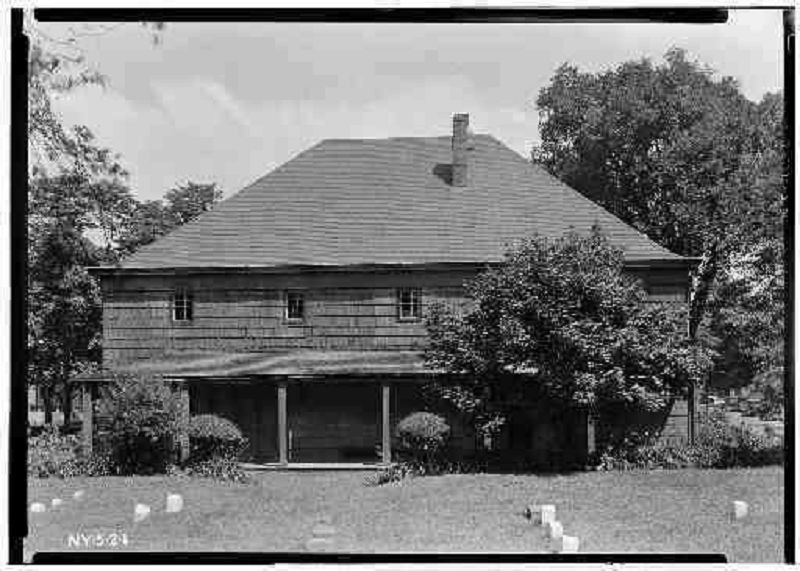
The Society of Friends (Quakers) had a renowned history of abolitionist activity, and beginning in 1716, abolitionist Quakers including William Burling, John Farmer, John Woolman, Matthew Franklin, and Elias Hicks preached against slavery in the Friends Meeting House—the oldest house of worship in New York City and one of the oldest in the country.
The Bowne House was home to nine generations of the Bowne and Parsons Families, members of which played instrumental roles in the anti-slavery activism during the late 18th century. Among these were Robert Bowne, a businessman who joined with Alexander Hamilton, John Jay, Thomas Eddy, and George Clinton in 1785 to form The New-York Manumission Society, which promoted the abolition of slavery and liberation of enslaved African Americans within the state of New York. Samuel Parsons, a Quaker minister, and his wife Mary Bowne Parsons, the niece of Robert Bowne, were known abolitionists who were involved in facilitating the movement of enslaved people to freedom while they resided in the house
To learn more about abolitionist landmarks in New York City, see LPC's story map here.
Image of Friends Meeting House via Library of Congress, Historic American Buildings Survey
The Society of Friends (Quakers) had a renowned history of abolitionist activity, and beginning in 1716, abolitionist Quakers including William Burling, John Farmer, John Woolman, Matthew Franklin, and Elias Hicks preached against slavery in the Friends Meeting House—the oldest house of worship in New York City and one of the oldest in the country.
The Bowne House was home to nine generations of the Bowne and Parsons Families, members of which played instrumental roles in the anti-slavery activism during the late 18th century. Among these were Robert Bowne, a businessman who joined with Alexander Hamilton, John Jay, Thomas Eddy, and George Clinton in 1785 to form The New-York Manumission Society, which promoted the abolition of slavery and liberation of enslaved African Americans within the state of New York. Samuel Parsons, a Quaker minister, and his wife Mary Bowne Parsons, the niece of Robert Bowne, were known abolitionists who were involved in facilitating the movement of enslaved people to freedom while they resided in the house
To learn more about abolitionist landmarks in New York City, see LPC's story map here.
Image of Friends Meeting House via Library of Congress, Historic American Buildings Survey
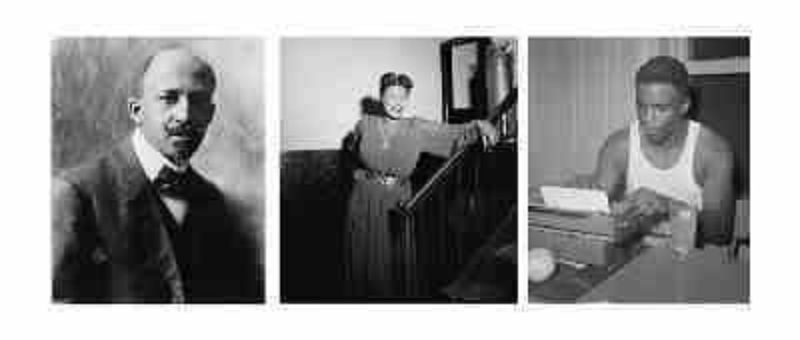
Which Queens historic district was home to influential African-American musicians, performers, athletes, activists, and professionals including W.E.B. DuBois (far left), “Fats” Waller, “Count” Basie, James Brown, Ella Fitzgerald (center), Lena Horne, Joe Louis, and Jackie Robinson (right)?
DuBois image via Library of Congress, C. M. Battery, 1919
Fitzgerald image via Library of Congress, William P. Gottleib, 1917
Robinson image via Museum of the City of New York, Frank Bauman, 1949
Sunnyside Gardens Historic District
Addisleigh Park Historic District
Central Ridgewood Historic District
Hunters Point Historic District
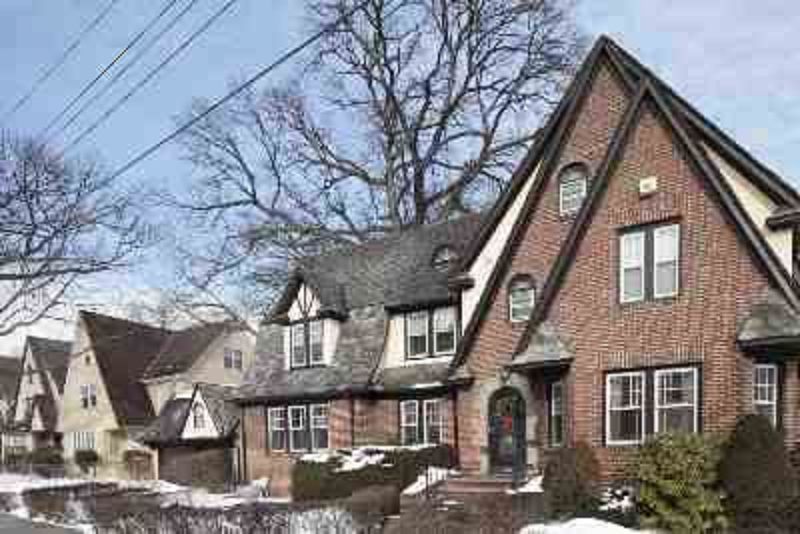
Although Addisleigh Park Historic District was subject to restrictive covenants that forbade the sale of its properties to African-Americans in the 1930s-40s, by 1947 it was home to 48 African-American families, including those of district residents Lena Horne and Count Basie. In 1948, the United States Supreme Court ruled that restrictive covenants were in violation of the equal protection clause of the 14th Amendment and by 1952, the magazine Our World called Addisleigh Park home to the “richest and most gifted” African-Americans in New York.
Image via LPC
Although Addisleigh Park Historic District was subject to restrictive covenants that forbade the sale of its properties to African-Americans in the 1930s-40s, by 1947 it was home to 48 African-American families, including those of district residents Lena Horne and Count Basie. In 1948, the United States Supreme Court ruled that restrictive covenants were in violation of the equal protection clause of the 14th Amendment and by 1952, the magazine Our World called Addisleigh Park home to the “richest and most gifted” African-Americans in New York.
Image via LPC
What landmark structure keeps New Yorkers and former folk duo Simon and Garfunkel feelin’ groovy (as in their 1966 song using an alternate name for the landmark)?
The Pepsi-Cola Sign
Forest Park Carousel
Queensboro Bridge
The Unisphere
The Ed Koch Queensboro Bridge, also known as the 59th Street Bridge, was designated an individual landmark in 1974, recognizing its achievement in engineering and important role in the development of Queens. When the bridge first opened in 1909, the cantilever truss structure accommodated four elevated railroad tracks for the Second Avenue “El” on the upper level, four trolley tracks and a roadway on the lower level, and a pedestrian walkway, with access via Beaux-Arts style stair towers at its mainland anchorages. Simon and Garfunkel sang about the bridge in their 1966 song “The 59th Street Bridge Song (Feelin’ Groovy)”.
The Ed Koch Queensboro Bridge, also known as the 59th Street Bridge, was designated an individual landmark in 1974, recognizing its achievement in engineering and important role in the development of Queens. When the bridge first opened in 1909, the cantilever truss structure accommodated four elevated railroad tracks for the Second Avenue “El” on the upper level, four trolley tracks and a roadway on the lower level, and a pedestrian walkway, with access via Beaux-Arts style stair towers at its mainland anchorages. Simon and Garfunkel sang about the bridge in their 1966 song “The 59th Street Bridge Song (Feelin’ Groovy)”.
{"name":"How Well Do You Know Queens Landmarks?", "url":"https://www.quiz-maker.com/QPREVIEW","txt":"Find out how well you know landmarks across Queens with this quiz!","img":"https://cdn.poll-maker.com/52-1934056/undated-lpc.jpg?sz=1200-00000006791000005300","accounts":"@nyclandmarks","hash":"#LoveNYCLandmarks"}
More Quizzes
Physiology Prof Neak Makara
1005025
Fred
100
Weathering, Erosion, and Rock Cycle Quiz
33160
Christmas Think Before You Drink Quiz
320
Sterile Processing Practice Test - Free CRCST
201018461
Which Suffix Means Surgical Fixation? Med Term - Free
201022281
Fake News: Spot the False Claim - Free Online
201017513
What High School Stereotype Are You? Free
201019974
Do I Like Him - Find Out How You Really Feel (Free)
201019870
Inaccurate or Unhelpful Cognitions - TF‑CBT Free
201018461
Author's Purpose & Tone - Free ELA Practice
201017513
6th Grade Science Questions - Free Online
201024856